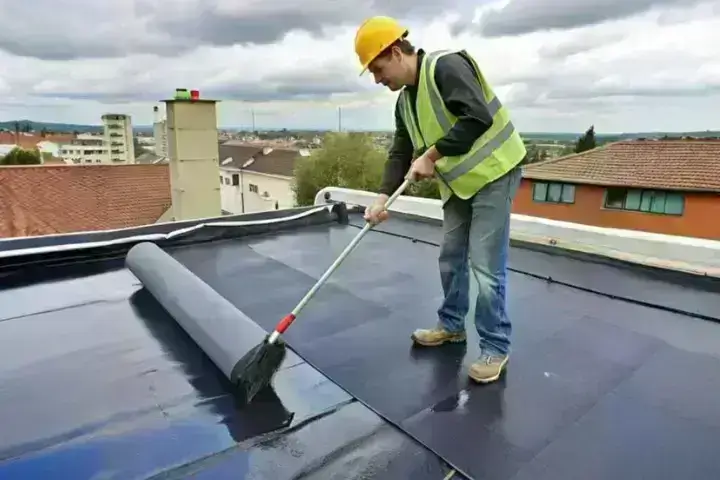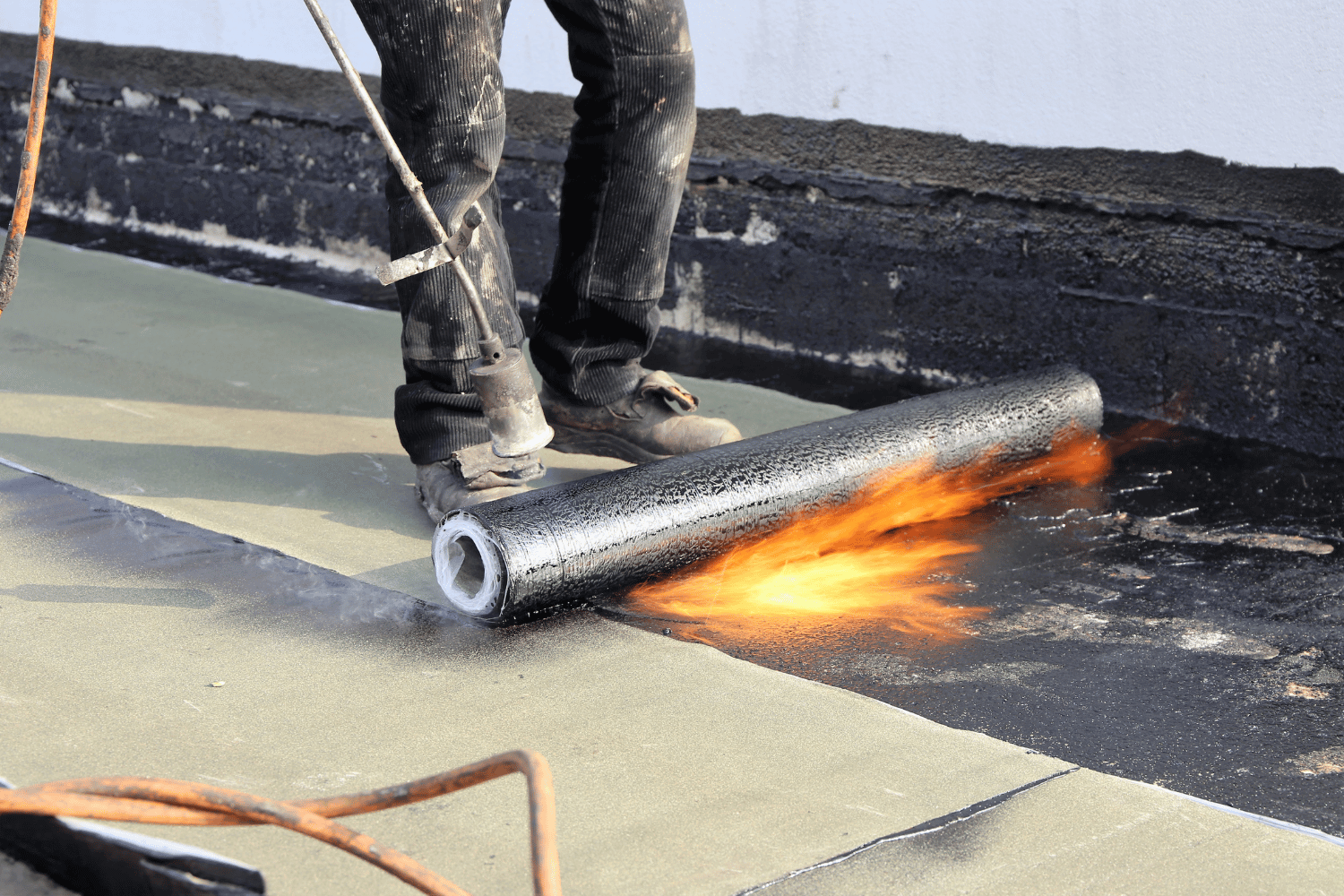Avoiding Property Damage with Sump pump discharge drainage Omaha: Strategies for Omaha Homes
Exactly How Waterproofing Functions: A Detailed Check Out Strategies and Technologies
Waterproofing is essential for shielding frameworks from moisture-related damage. It involves numerous strategies and innovations that create barriers against water invasion. Traditional techniques, such as compacted clay, exist together with modern-day technologies like liquid-applied membrane layers. Understanding the subtleties of these strategies is important for reliable application. The performance of any kind of waterproofing service hinges not only on the strategies used but also on continuous upkeep and assessment. What are the vital factors that affect long-term efficiency?
Recognizing the Basics of Waterproofing
Waterproofing is a crucial process that protects frameworks from water breach, which can lead to substantial damage over time. This approach entails the application of numerous products and strategies designed to create an obstacle against moisture. The main goal is to avoid water from penetrating surfaces, which can create degeneration, mold development, and architectural instability.Various aspects influence the choice of waterproofing approach, including the sort of structure, its place, and environmental problems. Comprehending the physics of water movement and the homes of different products is crucial in selecting a reliable waterproofing solution.Effective waterproofing not only safeguards buildings yet also improves their long life and stability. Generally, it is integrated into the design stage of building and construction to assure thorough defense. As awareness of water-related problems expands, the significance of comprehending waterproofing basics comes to be progressively clear to engineers, home builders, and property owners alike.
Conventional Waterproofing Techniques
Conventional waterproofing methods have actually been made use of for centuries, counting on tried and true techniques and materials to guard frameworks from water damages. One of the earliest techniques entails making use of clay, which, when compacted, develops an all-natural barrier versus wetness. In addition, bitumen, a sticky, black product stemmed from petroleum, has actually been employed for its waterproof properties, usually put on roofing systems and foundations.Another method entails the application of lime-based plasters, which provide a breathable layer that permits wetness to run away while protecting against water ingress. Thatch roof covering, a conventional technique still seen in some societies, uses exceptional waterproofing because of its securely packed straw layers.Moreover, using rock and brick has projected, as these products are naturally immune to water when properly set up. Overall, traditional waterproofing approaches stress the relevance of selecting appropriate products and construction practices to enhance resilience against water intrusion.
Modern Waterproofing Technologies
Advancements in modern waterproofing technologies have changed the way structures are shielded from water damage. Ingenious techniques such as liquid-applied membranes and innovative sealants have actually boosted the efficiency and adaptability of waterproofing solutions. These technologies enable seamless application, lowering the risk of leaks and making certain comprehensive coverage over complicated surfaces.Moreover, the assimilation of wise modern technologies, such as wetness sensing units and automated surveillance systems, enables real-time assessment of waterproofing performance. This positive strategy promotes prompt maintenance and decreases lasting repair work costs.Additionally, developments in spray-applied finishes supply fast application and superb bond, adjusting to various substrates while providing robust protection. Techniques like polymer-modified systems further improve flexibility and toughness, making them suitable for diverse atmospheres. In general, modern-day waterproofing technologies not just minimize water intrusion yet likewise add to the durability and sustainability of structures, noting a substantial shift in the market.
Materials Used in Waterproofing
The performance of waterproofing options heavily counts on the materials used in their application. Numerous products are utilized to produce barriers against water ingress, each with distinct properties suited for different settings. Typically used materials include membrane layers, finishings, and sealants.Liquid-applied membranes, commonly made from polyurethane or acrylic, develop a smooth obstacle that adapts to complex surface areas. Sheet membrane layers, commonly constructed from rubber or thermoplastic, offer sturdiness and are optimal for larger areas. Furthermore, cementitious waterproofing materials, made up of cementitious substances, give excellent attachment and flexibility.Sealants made from silicone or polyurethane are essential for joints and seams, making sure complete defense. In addition, innovative materials, such as geo-composite membrane layers, incorporate several functions, enhancing performance. Generally, the choice of waterproofing products is crucial in attaining resilient and effective water resistance, tailored to particular job requirements and ecological problems.
Typical Applications of Waterproofing
Waterproofing plays an important role in different sectors, making certain the durability and honesty of frameworks. Typical applications consist of domestic solutions that secure homes, commercial framework that safeguards businesses, and industrial setups that need durable security versus moisture. Understanding these applications highlights the importance of waterproofing in maintaining both safety and security and functionality across various settings.
Residential Waterproofing Solutions
Many homeowners deal with challenges with moisture intrusion, making effective household waterproofing options vital. Numerous methods exist to address this concern, consisting of exterior and interior waterproofing systems. Inside services frequently include the application of sealants and finishings to basement walls, which assist prevent water seepage. Outside have a peek at this site approaches generally consist of the installation of water drainage systems and waterproof membranes that divert water away from the foundation.Additionally, homeowners might think about sump pumps to get rid of water accumulation and dehumidifiers to control humidity degrees. Proper grading and the usage of gutters also play a vital role in taking care of water flow around the home. By applying these strategies, home owners can considerably reduce the danger of water damage and mold and mildew development, guaranteeing a completely dry and safe living environment.

Business Framework Defense
Reliable waterproofing solutions play a critical duty in the security of commercial facilities. Water Solutions Omaha. These techniques are necessary for safeguarding buildings, parking structures, and bridges from water damages, which can compromise architectural stability and lead to costly repair work. Typical applications include the setup of membrane layers, finishings, and sealers that develop barriers versus moisture infiltration. Areas such as basements, roofing systems, and outside walls are often focused on to assure long life and toughness. In addition, waterproofing systems can boost power effectiveness by avoiding water-related problems that may cause mold and mildew growth and degeneration. By executing durable waterproofing procedures, homeowner can safeguard their financial investments and preserve operational performance, eventually contributing to the overall sustainability of industrial centers
Industrial Applications Summary
While numerous fields face special challenges, the demand for reputable waterproofing options continues to be a consistent in commercial applications. Industries such as production, construction, and power typically experience atmospheres where moisture exposure can endanger architectural integrity and functional effectiveness. In making centers, waterproofing is vital for protecting machinery and materials from water damages. In construction, it safeguards foundations and basements versus groundwater seepage. The power market relies on waterproofing for the defense of tools in hydroelectric plants and offshore frameworks. Additionally, food processing markets make use of waterproofing to guarantee health and compliance with safety and security requirements. On the whole, effective waterproofing remedies are vital for enhancing sturdiness, safety, and efficiency throughout various industrial settings.
Maintenance and Durability of Waterproofing Solutions
Waterproofing services are developed to use long-lasting security versus dampness breach, routine maintenance is vital to guarantee their efficiency and longevity. Routine assessments play a significant function in identifying prospective problems such as splits, peeling, or signs of water damages. Dealing with these problems quickly can protect against additional wear and tear and pricey repairs.Additionally, cleansing the surface area of waterproof areas helps eliminate dust and debris that could compromise the stability of the waterproofing barrier. It's additionally a good idea to reapply safety coverings or sealers as advised by makers to maintain optimal efficiency. Ecological variables, such as UV direct exposure and severe weather conditions, can impact the lifespan of waterproofing materials, making normal assessment click for more crucial
Regularly Asked Inquiries
Can Waterproofing Be Applied in Winter?
The question of using waterproofing in cool climate increases problems regarding bond and treating. Lots of products might not execute at their ideal in reduced temperatures, demanding cautious option and consideration of particular standards for efficient application.
How Much Time Does Waterproofing Commonly Last?
The duration of waterproofing effectiveness varies based on products and ecological elements. more information Usually, it can last from 5 to 10 years, but regular upkeep and assessments are important to assure peak performance and durability.
Is DIY Waterproofing Effective and Safe?
The effectiveness and safety and security of DIY waterproofing depend upon various elements, including worldly high quality and application technique. While some individuals attain adequate outcomes, others might encounter issues that endanger long-lasting defense and architectural honesty.
What Are the Indicators of Failing Waterproofing?
Signs of stopping working waterproofing include noticeable water stains, peeling paint, mold development, stuffy smells, and dampness in walls or ceilings - Yard drainage Omaha. These indicators suggest compromised barriers, necessitating timely assessment and possible removal to stop additional damage
Exactly how Do I Select the Right Waterproofing Specialist?
